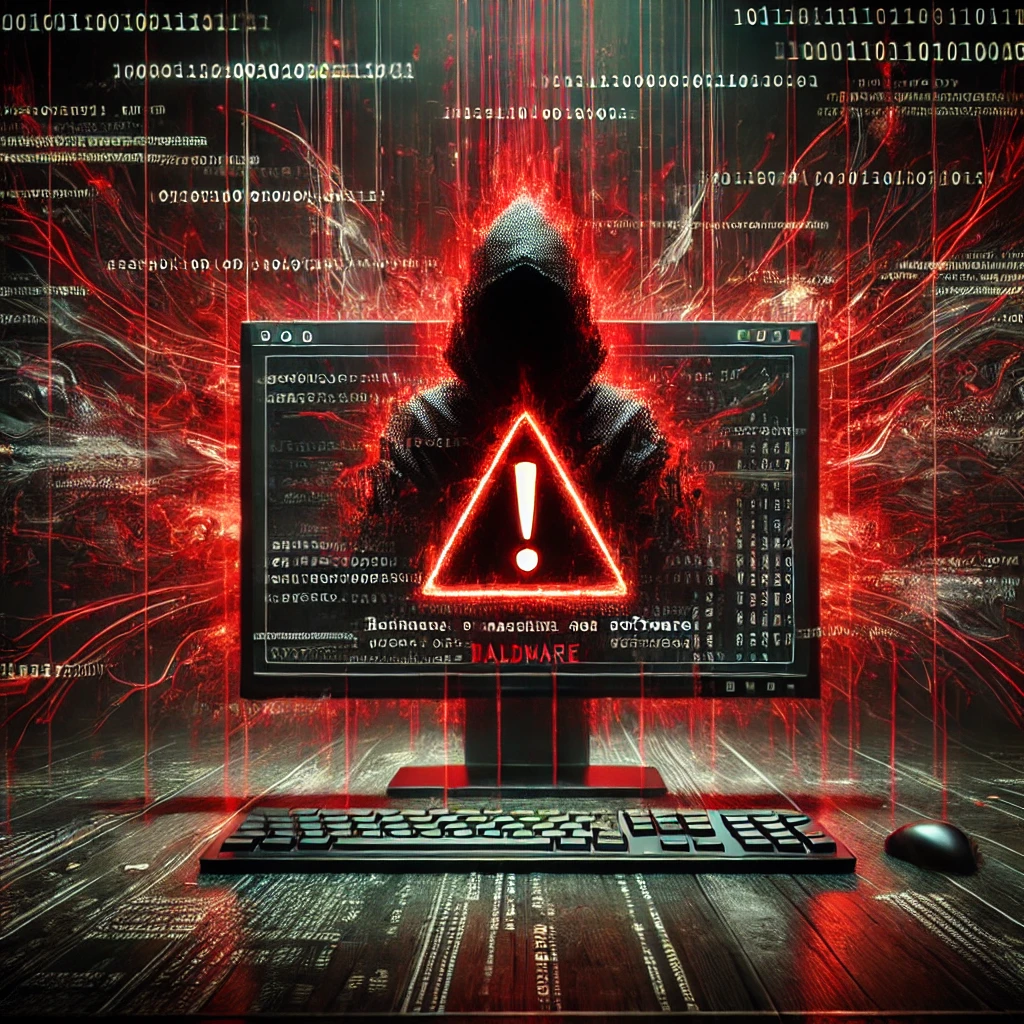Understanding Modern Cybersecurity Threats: Risks and Defenses
In today's digital age, cybersecurity is no longer just a buzzword but a critical component of the global economy's infrastructure. With cybercriminals becoming more sophisticated, understanding the nature of modern attacks and how to defend against them is vital for individuals and businesses alike.
The Rise of Malware through Common Communication Tools
The recent exploitation of the popular Telegram app in the 'ToxicEye' malware campaigns illustrates how cybercriminals cleverly embed malicious code in everyday communication tools. According to reports, ToxicEye is a remote access trojan that uses Telegram's code to maneuver its attacks, making detection more challenging for the average user (source).
Global Cyber Attacks Spearheaded by Organized Groups
Not far behind, entities like the Russian FSB's cyber unit, Star Blizzard, continue to deploy spearphishing techniques in global espionage efforts. These meticulously crafted emails deceive recipients into compromising their security, demonstrating the effectiveness of targeted attacks (source).
Reemergence of Old Threats in New Guises
Dridex and Locky, infamous malware strains, have resurfaced through PDF attachments, showcasing the persistent threat of seemingly benign file formats in phishing campaigns (source).
Understanding and Combating Malvertising
Malvertising, or the use of online advertising to spread malware, remains a potent threat. Techniques to insert malicious content into ads can run undetected on large advertising networks, impacting numerous unsuspecting users (source).
Actionable Defense Strategies
Recognizing the signs of phishing, maintaining updated antivirus software, and understanding the origins of common malware tools are fundamental to digital self-defense. Additionally, avoiding opening attachments or links from unknown sources can significantly reduce the risk of a breach.
Stay vigilant and educated to navigate the cybersecurity risks that pervade our reliance on digital communication and transaction channels.
